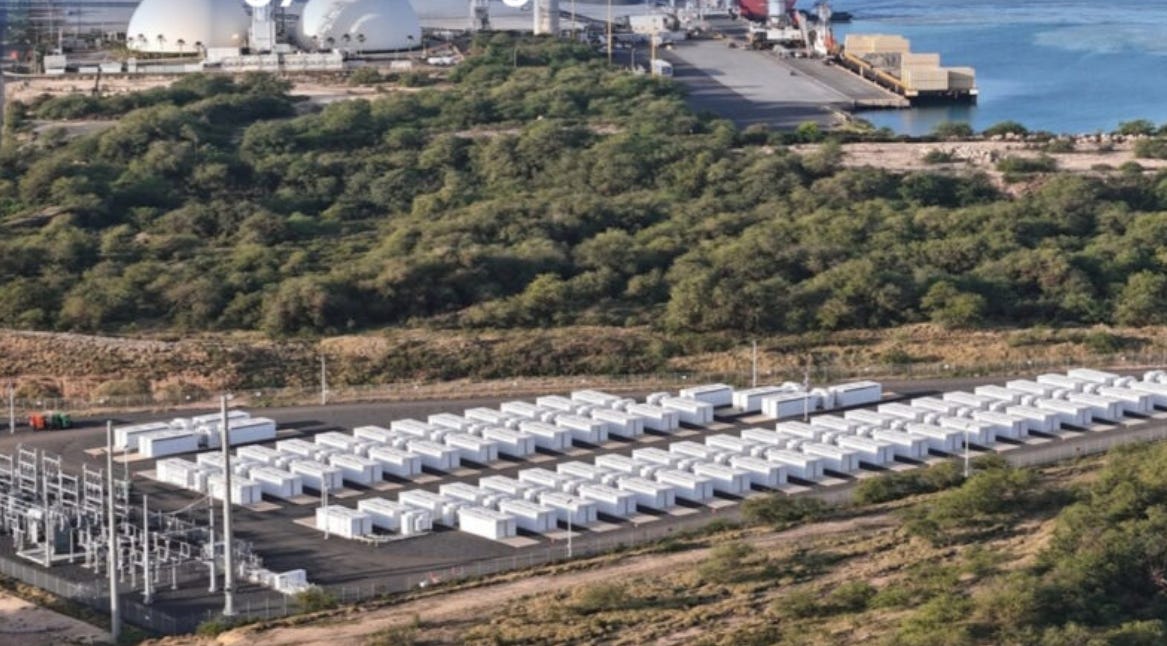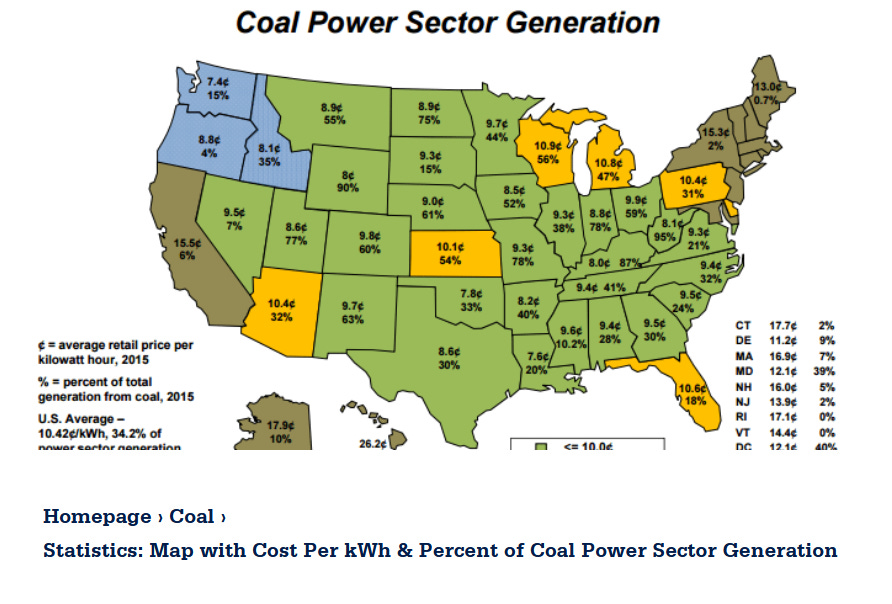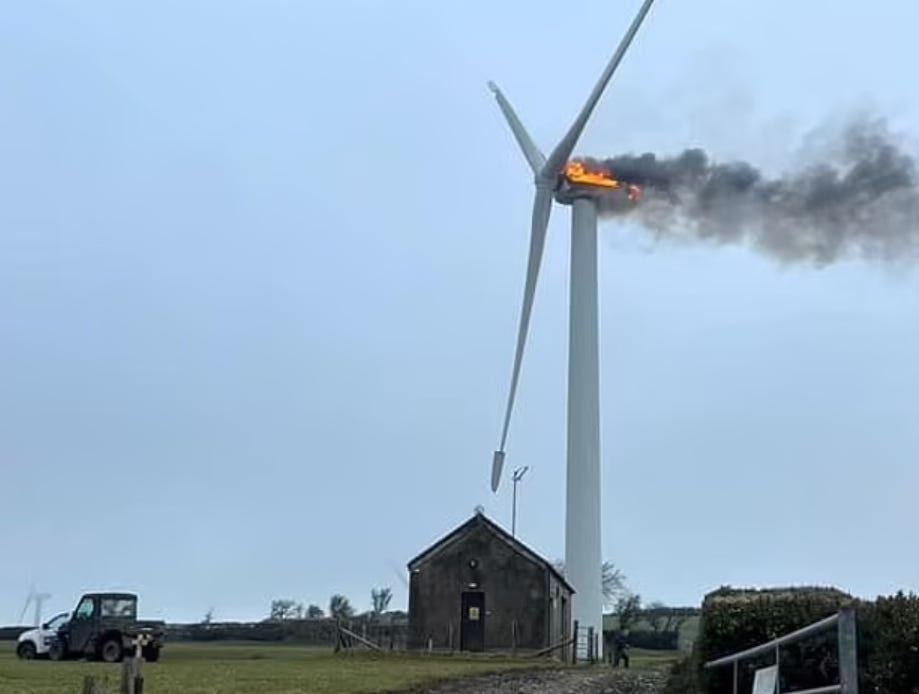Tesla Grid Size Battery Packs
We Wouldn't Need These if We'd Quit Building so Many Wind and Solar Farms
158 Tesla Megapack 2 XL lithium iron phosphate batteries, each roughly the size of a shipping container, to back up a power substation on Oahu
SCIENCE and TECHNOLOGY
This backup battery system installation is one of many more being planned by a company called Plus Power. The total storage capacity is 135 MegaWatts, which could provide 540 MegaWattHours of electric energy; in other words, about 4 hours of grid backup.
This news is from ‘cleantechnica’ - “According to Plus Power, the Kapolei Energy Storage “is ideally located on roughly eight acres of land in Kapolei on the island of Oahu, where it interconnects at a critical Hawaiian Electric substation. The 185 MW/565 MWh battery storage project provides load shifting and fast-frequency response services to Hawaiian Electric, enhancing grid reliability and accelerating the integration of readily available renewable energy. KES received approval from the Hawai’i Public Utilities Commission in May 2021. The Kapolei Energy Storage facility is now online…Solar power from individual consumers has become so abundant that Hawaiian Electric must regularly ‘curtail’ or turn off large volumes of existing utility scale solar and wind in order to keep the electric system in balance. Its modeling found that in its first five years in operation, the [Oahu] battery plant will allow the utility to reduce curtailment of renewable energy by 69% and integrate 10% more new utility scale renewables than previous models had allowed, while providing for the continued rapid growth of individually-owned renewables such as rooftop solar.”
“The [grid size] batteries will help replace the grid capacity formerly provided by an AES coal power plant less than a mile away, which once produced up to one fifth of the electricity on the island of Oahu.”
“Our projects… help our customers provide affordable, reliable, clean electricity on hot summer afternoons and cold winter nights” My two cents -I’m not sure how efficient this operation will be when needed most, because batteries lose power in extreme temperatures. In other words, even if this backup works well during normal temps, there will still be problems when the thermometer dips below zero or rises above 90 - and as I said, that’s when the need is greatest.
cost per KWh
map of costs for coal in 2015 - about 10-17 cents per KWh
I’m not sure what the costs are for an installation like the one in Oahu. The best estimate I’ve found so far is from 2021. Inflation has reared its head since then, so today’s cost could be much higher. Here’s an excerpt from the electrek article from 7/26/21, for the earlier version of Tesla’s MegaPack:
“The price per kWh goes down as you order more Megapacks. 100 Megapacks brings the cost down to around $280 per kWh.”
To compare with the Plus Power 540 MWh project in Oahu, we need to convert from MWh to KWh, so multiply by 1000. So the Plus Power installation represents 540,000 KWh. Using the old 2021 estimate of $280 per KWh for the original Tesla megapack, we’d have an estimate of somewhere around $150 million for the 540 MWh backup. I apologize for the outdated figures, and as I said, today’s costs are surely higher due to inflation, (I’m pretty sure today’s cost for the MegaPacks and installation would be more like $300 million, or double) but so far this is all I could come up with.
Another thing I’m not sure about is the cost per KWh in the long run, ie, is the $280 per KWh cost just a one-time expense? Will the ongoing costs for this electric backup be much lower? Presumably, just maintenance, insurance, loan interest expense, and amortization over the projected lifetimes of the batteries? Don’t know. But remember, this is just a backup. It wouldn’t even be necessary if we had coal or nuclear plants. Even nat gas requires hardly any backup. Wind and solar farms are what’s making us go to all this extra expense.
oh no - not another, completely different problem with EVs
It’s the tires. Because EV cars typically weigh about 1000 lbs more than gas cars, the tires wear out much faster. Instead of lasting for 40-50,000 miles, they wear out in about 7-10,000 miles.
From David Blackmon’s “Energy Transition Absurdities”, Jan 30, quoting the Miami Herald - “For many drivers of EVs in Florida — the nation’s second largest market for electrical vehicles — premature tire wear has become an unexpected black mark on vehicles promoted as a green climate-friendly option to gas-gulping cars. At EV Garage Miami, a Sweetwater repair shop that services 90 percent electric vehicles, lead technician Jonathan Sanchez said tires are the most frequent thing customers come in about — no matter what model or make of EV they’re driving. Tire mileage can vary widely of course, but he said he frequently changes EV tires at just 8,000 to 10,000 miles — a fourth or even fifth of typical tire wear on a gas-burning car.”
Irina Slav’s “On Energy” writes on this, with slightly different figures from Michelin and Goodyear, but the point is the same - “Apparently, EVs wear their tyres (sic) between 20% and 50% faster than an ICE car. And that’s according to tyre heavyweights Michelin and Goodyear. Not only this, but tyre wear may be a major compromising factor for EVs’ emissions. Per the Miami Herald, “Some studies have shown that tires actually have more particle pollution than exhaust, 2,000 times as much.” Not to worry - as long as those air-borne particles don’t cause global warming…
I’m also wondering about bus and semi-truck tires, too, (LA is soon requiring new semi registrations to be battery electric vehicles only for picking up shipping containers) and also the road damage from the extra weight of all these EVs.
the effect of cold weather on EVs
Jim Rickards included this tidbit in Paradigm Press Jan 31:
“Fully electric vehicles, which run exclusively on
battery packs, typically lose an average of 41% of their
range when outdoor temperatures drop to 20 degrees
Fahrenheit and the heat’s cranked on. That’s because
batteries don’t work as efficiently in the cold and regulat-
ing cabin temperature can gobble up a significant
amount of power.”
“Now an even more extreme problem has emerged. In
cold weather, the battery loses its charge and will not
take a new charge until conditions warm up. (Skiers
who take their cell phones while skiing have experienced
this; the phones are sometimes dead by the time you get
to the top of the lift). Even if you make it to a charging
station with your near-dead battery, there’s no relief be-
cause the battery won’t take a charge at all. The charging
stations turn into EV graveyards and the cars have to be
towed away at the owner’s expense.”
sorry - the bad news for wind farms just keeps coming
The towering wind turbine (pictured) at Blaen Bowi Wind Farm near Newcastle Emlyn, Pembrokeshire, [Wales] burst into flames before exploding
From Energy News Beat, Mariel Alumit, Jan 29, and Wales News Service - “Nick Blasdale, 61, and his wife Alison, 59, were left stunned when they saw burning parts of a turbine fall more than 100ft to the ground...Alison said: ‘We watched the top section burst into flames then drop off whilst still burning then explode when it hit the ground.’”
FINANCE and INVESTING
the UN “peacekeepers” have lots of people on the job
I read this in 1440 Daily Digest Jan.30:
“…Israeli intelligence shared with the US claims that at least 12 UN workers had ties to Hamas' Oct. 7 attack and roughly 10% of its 13,000-person staff in Gaza had overall affiliations to militant groups.”
What? I had no idea - the UN has a staff of 13,000 just in Gaza? How could they possibly need that many people there? What are they doing? Keeping the peace? Who’s paying for all the salaries and expenses? Oh - that’s right - we are. The US pays more than any other country to support the UN.
American Airlines and DEI (Diversity, Equity, and Inclusion)
CNN Travel ran a story Sunday headlined, “American Airlines flight’s hard landing leaves six injured.”
According to Jeff Childers “Coffee&Covid” piece Jan30, “While it’s true six passengers landed in the hospital thanks to the bobbled touchdown, the good news was the seven-person flight crew included a part-time, Inuit drag queen pilot, two gay stewards, a black one and a non-binary Asian with a popular Tik Tok channel featuring the world’s best anonymous hookup destinations…”
I don’t know if he made that up or not, but it seems to me that when hiring a crew for an airline, the most important criterion would be to hire the best qualified and best trained people that can be found. I hope these hires were not based on race or social positions, rather than on their actual qualifications for the job.
FAITH and CHRISTIANITY
“Turn from evil and do good;
seek peace and pursue it.” Psalm 34:14
“For unto us a child is born,
to us a son is given,
and the government will be on his shoulders.
And he will be called
Wonderful Counselor, Mighty God,
Everlasting Father, Prince of Peace.” Isa 9:6









An hour after I published this piece, I saw David Blackmon's Energy Absurdities post that adds to the section on EVs and the problems with their extra 1000 lbs or so of weight. It's from the AP: "
LINCOLN, Neb. (AP) — Electric vehicles that typically weigh more than gasoline-powered cars can easily crash through steel highway guardrails that are not designed to withstand the extra force, raising concerns about the nation’s roadside safety system, according to crash test data released Wednesday by the University of Nebraska.
Electric vehicles typically weigh 20% to 50% more than gas-powered vehicles thanks to batteries that can weigh almost as much as a small gas-powered car. And they have lower centers of gravity. Because of these differences, guardrails can do little to stop electric vehicles from pushing through barriers typically made of steel.
Last fall, engineers at Nebraska’s Midwest Roadside Safety Facility watched as an electric-powered pickup truck hurtled toward a guardrail installed on the facility’s testing ground on the edge of the local municipal airport. The nearly 4-ton (3.6 metric ton) 2022 Rivian R1T tore through the metal guardrail and hardly slowed until hitting a concrete barrier yards away on the other side.
“We knew it was going to be an extremely demanding test of the roadside safety system,” said Cody Stolle with the facility. “The system was not made to handle vehicles greater than 5,000 pounds.”
I read a comment elsewhere that the added weight of EVs may be a cause for concern for parking structures. New parking garages may require additional strengthening in the structure to support the extra weight when we're all mandated to drive EVs, but what about the existing structures? Will they be able to support the incremental weight as the percentage of EVs vs gas vehicles increases?
Another article I read mentioned that the additional weight of EVs causes tires to wear more quickly, and said that tires last, on average, only 7-10,000 miles on EVs. I haven't done anything to research or verify that claim, and though my Prius is not an EV, it still has to lug around that hybrid battery. I put four new tires on that car for the first time just a few months ago. The mileage was a shade over 44K. I wonder if vehicle manufacturers (like printer manufacturers) install lower-quality consumable products (tires on cars, ink tanks on printers), in which case, my 44K tires were miraculous, lasting 400-600% of the "expected" 7-10,000 miles.